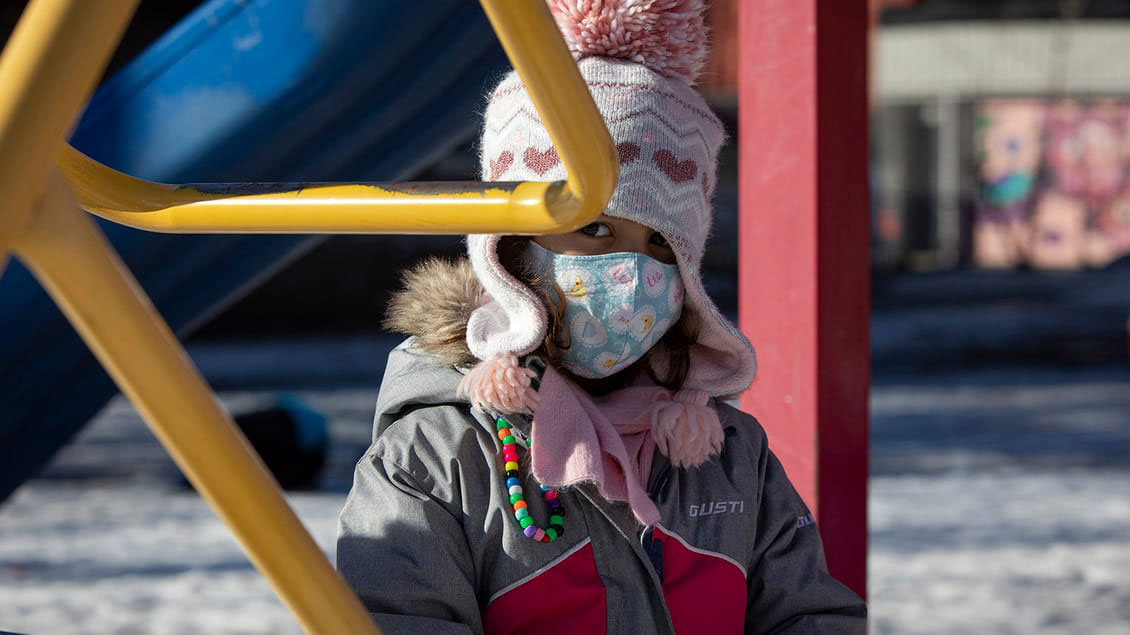Researchers say there are simple things we can do to help kids in a masked society
A video of a one-year-old walking up to random objects, pressing on them and rubbing her hands together as she walks away went viral earlier this year. A toddler who thinks everything is a hand sanitizing station, though funny and super cute, begs the question: how are children growing up in the time of COVID-19 being affected?
Wearing masks is a public health measure that has spanned the globe for a year now, and while they can be annoying and awkward for adults, masks have also presented a unique set of challenges for children.
“That first year of life is when speech and language are emerging in a major major way,” said David Lewkowicz, senior scientist at Haskins Laboratories and a professor adjunct at the Yale Child Study Center.
Lewkowicz has been researching the importance of visual speech information, or lipreading, in children and babies since long before the pandemic. He co-authored a 2012 study that showed babies a short video of a woman talking, and used an eye-tracking device to capture where on the woman’s face the babies focused their gaze.
“What we discovered, in a nutshell, was that at four months of age babies were really interested in the eyes of the talker. But then at eight months of age there was a really dramatic shift … where they started to look much more at the mouth region of the person that was talking to them.”
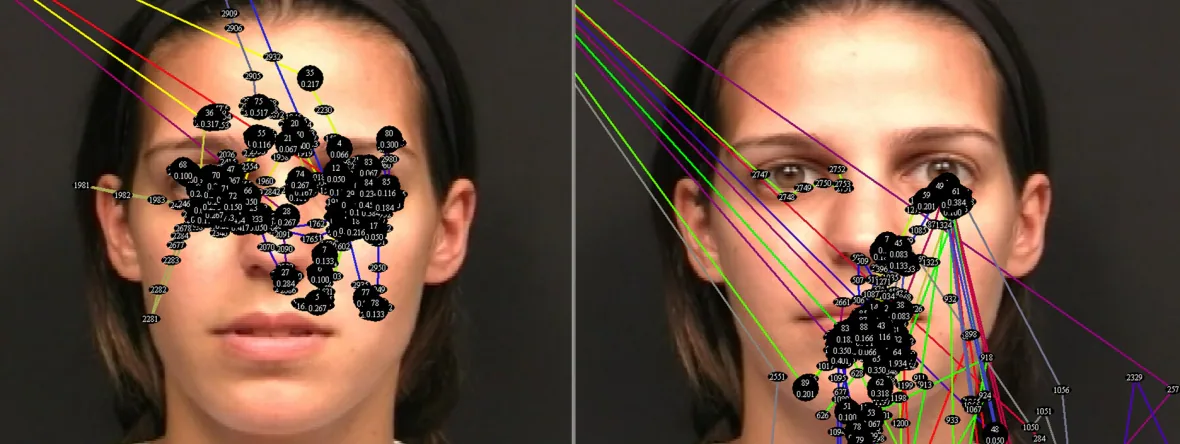
As they grow, babies use lipreading as part of speech and language development. This means that for infants who are in daycare settings, and therefore constantly seeing masked caregivers, “there may be some detrimental effects of at least extended exposure [to masks],” Lewkowicz said.
When people around infants in bilingual households wear masks it could present an even greater impairment, he said, because these children rely even more on lipreading to differentiate the phonetic sounds between the languages.
But parents and guardians, fear not. The advice for combating the potential effects of masks on speech development is relatively simple: increase face-to-face time with your baby at home.
“Simply just take them in your arms, pick them up, have them in front of you and interact with them as much as you can en-face. So they really get that full package — the auditory and visual package,” Lewkowicz said.
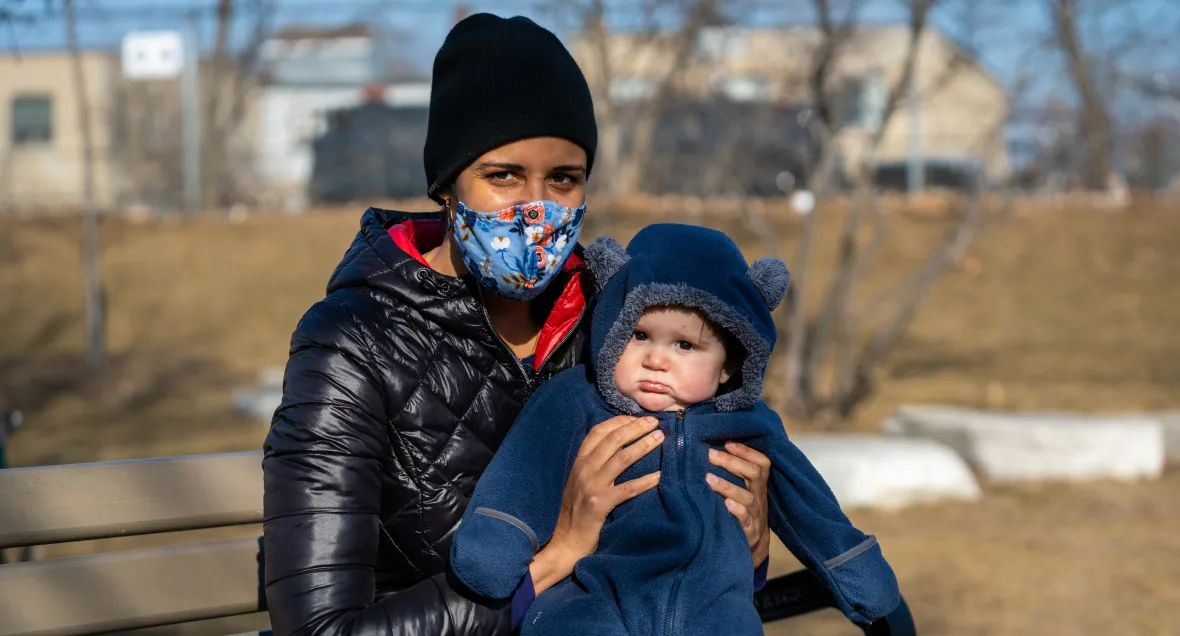
Emotional barriers
Reading lips is obviously harder these days, but so is reading emotions. And for children who are still developing their interpersonal skills, masks can pose a challenge in that area as well.
It’s a challenge accepted by John Gelntis, a kindergarten teacher at King Edward Junior and Senior Public School in Toronto. He says now that his students are back to in-class learning and wearing masks all day, it’s more important than ever they learn to express their emotions clearly.
“It is harder, because they can’t get the full range of the emotions. But we try and do a lot of self-regulation activities where they can kind of navigate those things and see, ‘OK, how are you feeling today,’ right? Like, how can you check in?”
He’s also teaching them how to read the emotions of their masked peers.
“We always try and model empathy and how to care for one another. Now it’s just finding different ways of doing it … listen to the tone of my voice, look at my body … look at my eyes and my eyes crinkling at the sides, that means I’m smiling, I’m happy. My eyes are bugging out of my head probably means I’m scared,” Gelntis said.
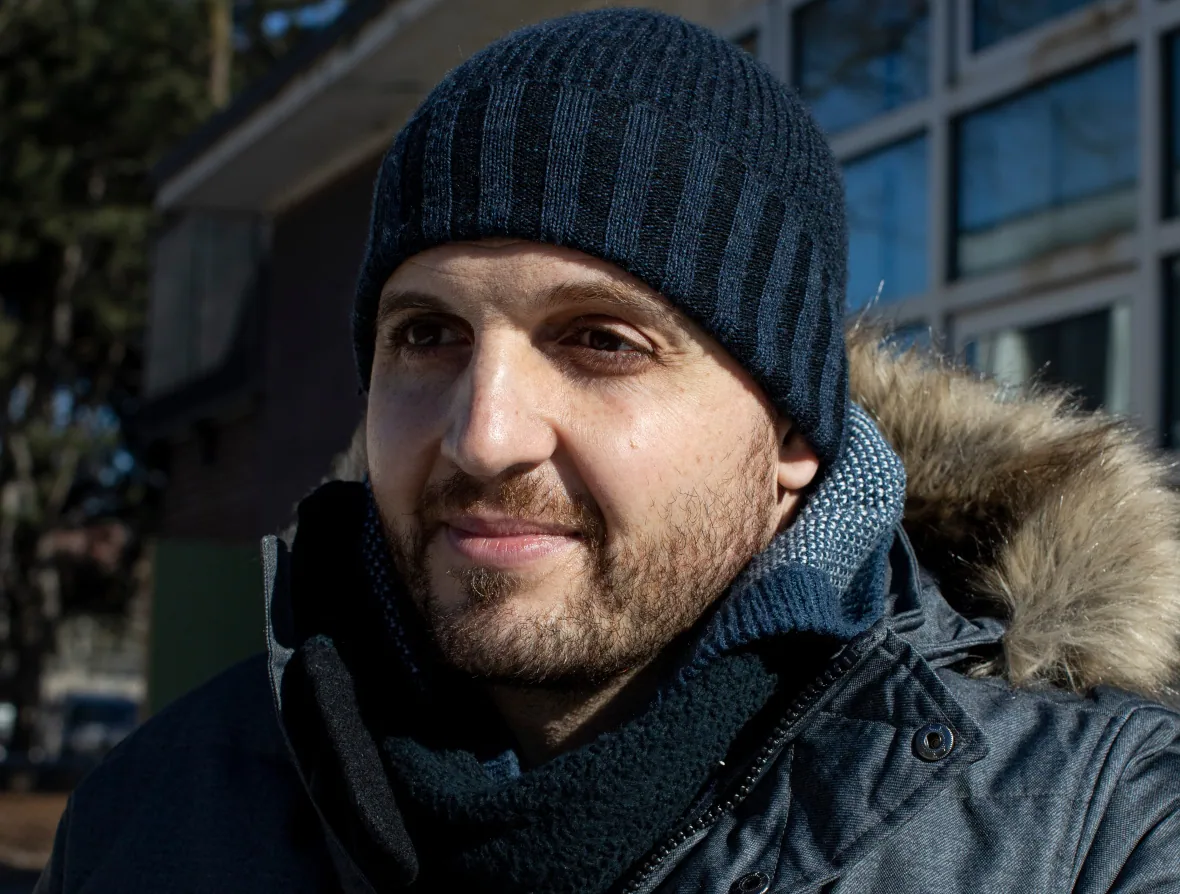
Kang Lee, a developmental neuroscientist at University of Toronto, says emphasizing emotions is also good practice for adults interacting with children while masked.
“The type of words, that’s one. But also the sound that goes with the words. So you emphasize some of the emotions through words … I’m using my gestures, I use my posture. So I would suggest teachers try to accentuate this kind of information to compensate for the lack of facial expression,” he said.
Recognizing faces
Masks hide not only our emotions, but also our identity at times. The adult ability to recognize a face is reduced by about 15 per cent if the person has a mask covering their nose and mouth, according to a York University study published in December.
But kids may be having an even harder time, according to a second study from the same research team that is currently under review. It indicates school-aged children between six and 14 years old have their face-recognition abilities impaired by about 20 per cent when a mask is present.
To help children manage, masked adults should “wear something that is very personalized … for example, you wear a mask with the flower here and there to represent you as a teacher,” Lee said. “Don’t change your hairstyle. Don’t change your glasses. You know, these are the things that kids latch on to recognize you.”
This strategy seems to be working on the schoolyard in Toronto. When the kindergarteners were asked how they recognize their teacher in a mask, five-year-old Maisie said: “I know that’s Mr. G, because he has a turtle mask and that turtle is looking at me!”
As for how the kindergarteners recognize their friends, Matilde, also five, said: “By their clothes and their voice.”
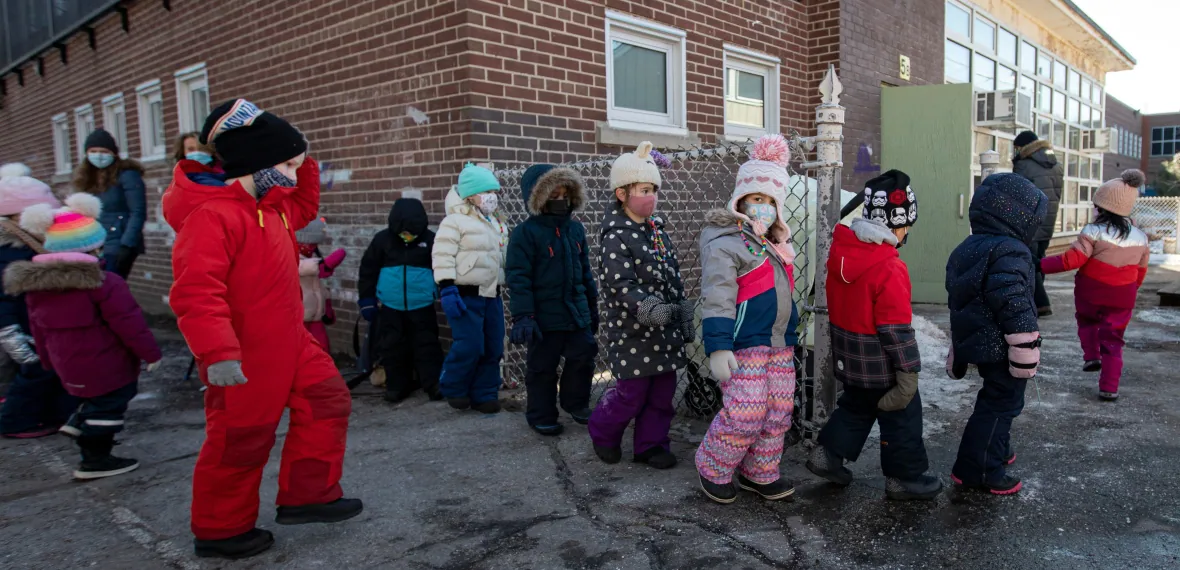
These are good strategies for the day to day, but Lewkowicz said there’s potential for long-term impacts of mask wearing on face-perception development.
To determine who they are looking at, adult brains perceive the face holistically, meaning they compute the distances between the features all at once and see the face as a singular object. Children are just developing these skills, and the masks could disrupt that development.
“There’s general agreement now that somewhere between four to five years of age is where the ability to start to perceive faces as holistic objects begins to emerge …. Now, if you imagine that those kids are now living in a world where half the face is blocked, that is clearly going to have an effect on the development of this ability, which is really really important for face recognition,” Lewkowicz said.
The good news is kids are very adaptable, and Lee said one theory is that they may come out of the pandemic with heightened perception abilities in other areas compared to what they would have had otherwise.
“What we have learned in the past is when something like this happens, that you block some kind of information channel and kids have to navigate around it, suddenly their other kind of abilities increase, not decrease, because the child’s brain is very plastic and very adaptive.”
This article was written by Carly Thomas · CBC News · Posted: Mar 17, 2021 4:00 AM ET | Last Updated: March 17 – https://www.cbc.ca/news/technology/children-masks-language-speech-faces-1.5948037

